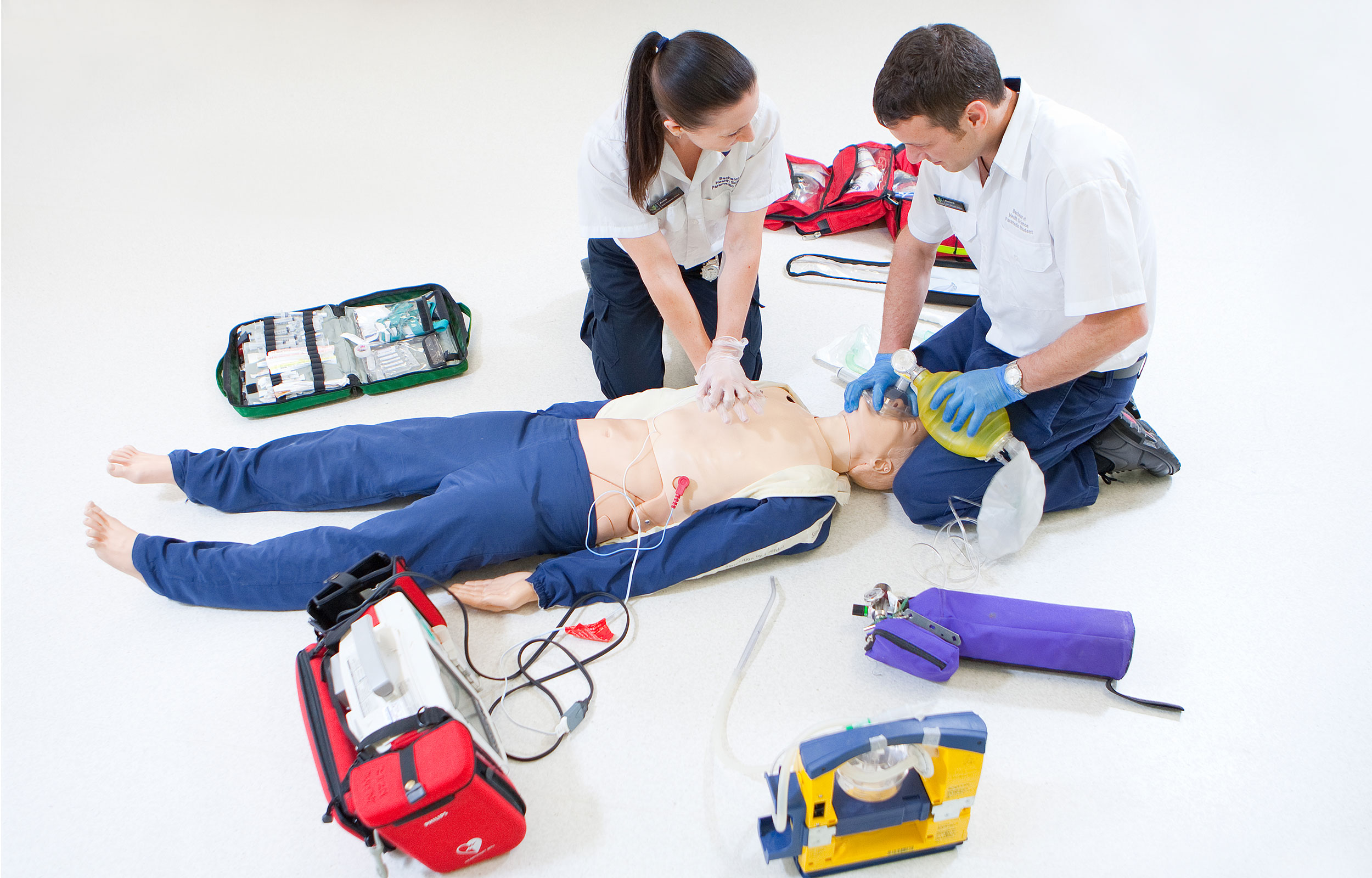Emergency medical services (EMS), a vital and noble career, gives a rewarding career centered around helping people and providing vital health care. If you’re thinking of becoming an Emergency Medical Technician (EMT) or even moving up to the esteemed post of paramedic, you’re stepping into a field which has huge growth potential and high demand for skilled professionals. In this post, we’ll walk you through the steps needed to become an EMT and paramedic, exploring the many training options available, including DSHS approved EMS training courses.

Understanding the role of EMTs & Paramedics
Emergency Medical Technicians, also known as paramedics or EMTs are the first responders in emergencies. They offer immediate assistance. They are certified to evaluate and manage patients and take them to medical facilities for additional treatment. Paramedics and EMTs are vital in stabilizing patients in difficult situations, making split-second decision as well as providing caring aid during times of crisis.
Step 1: Becoming an EMT:
To be an EMT To become an EMT, you must successfully complete the required education and training and certifications, which may vary based on the certification level you aspire to achieve. There are three levels to EMT certification:
1. EMT Basic (EMT B): This is an entry-level certification that will require between 100 and 150 hours of instruction. EMT-Bs are educated to provide basic medical services that includes CPR, bleeding control, and the basic management of airways.
2. EMT-Intermediate (EMTI) is a degree that requires more training. The amount of training needed varies from state to the next. In some states, this level is paired with EMT-B. In other places the range of training is from 200-400 hours, and include advanced medical expertise such as intravenous therapy, among other skills that are enriched.
3. EMT-Paramedic: This level is the highest level of EMT certification. It is a demanding training lasting between 1,000 to 1 800 hours. Paramedics are trained in the latest medical procedures like the administration of medications, interpreting EKGs, and advanced airway management.
Step 2: Requiring Paramedic Certification
If you aspire to become a paramedic, you must first go through the EMT-B or EMT-I levels and acquire some hands-on experience. After that, you can take part in a paramedic education program that typically takes between one and two years to complete. This program is comprehensive and will provide you with advanced medical concepts and provide you with the abilities and knowledge to manage critical situations by yourself.
Explore EMT Training options:
When it comes to EMT training, you have several options to consider, dependent on the level of certification that you are aiming to achieve. EMT courses are usually offered through medical trade schools as well as community colleges that cater to all certification levels. These programs provide a combination of classroom training as well as hands-on training and practical experience on the job and in clinical environments.
Colleges and universities offer EMT programs at the EMT/Paramedic level If you’re looking for an in-depth and comprehensive EMT training that leads to an education at the college level. These programs will help you gain the most thorough understanding of emergency medicine, allowing you to make more informed medical decisions and better care for patients.
Step 4: Ensure that DSHS-approved EMS training
It is important for aspiring EMTs or paramedics, to make sure that the program they select has been approved by DSHS. The Department of State Health Services also known as DSHS, approves EMS Training Courses to guarantee the highest standards of training. By enrolling in a DSHS approved EMS training course, you can rest assured that you are receiving top-notch instruction and meeting the necessary requirements for certification.
A career as an EMT or paramedic can be very rewarding and highly respected. EMTs as well as paramedics and other first responders play an important role in providing medical care and saving lives in emergencies. To embark on this lifesaving endeavor, EMTs and Paramedics are required to complete the necessary training and education programs. Depending on the certification level they want to attain, people can select among a range of EMT options for training, such as community colleges, medical trade schools, as well as universities.
While you are considering choices for training, it is essential to make sure that the EMS training course is DSHS accredited. This will ensure you are receiving a quality education that meets the requirements to obtain EMT certification and paramedic accreditation.
The need for emergency medical professionals is on the rise. In the field of EMS offers numerous job opportunities, as well being a chance to make a a significant impact on others’ lives. No matter whether you start out as an EMT Basic or to become a paramedic your dedication to providing essential health care will result in an exciting and meaningful job in emergency medical care.
Leave a Reply